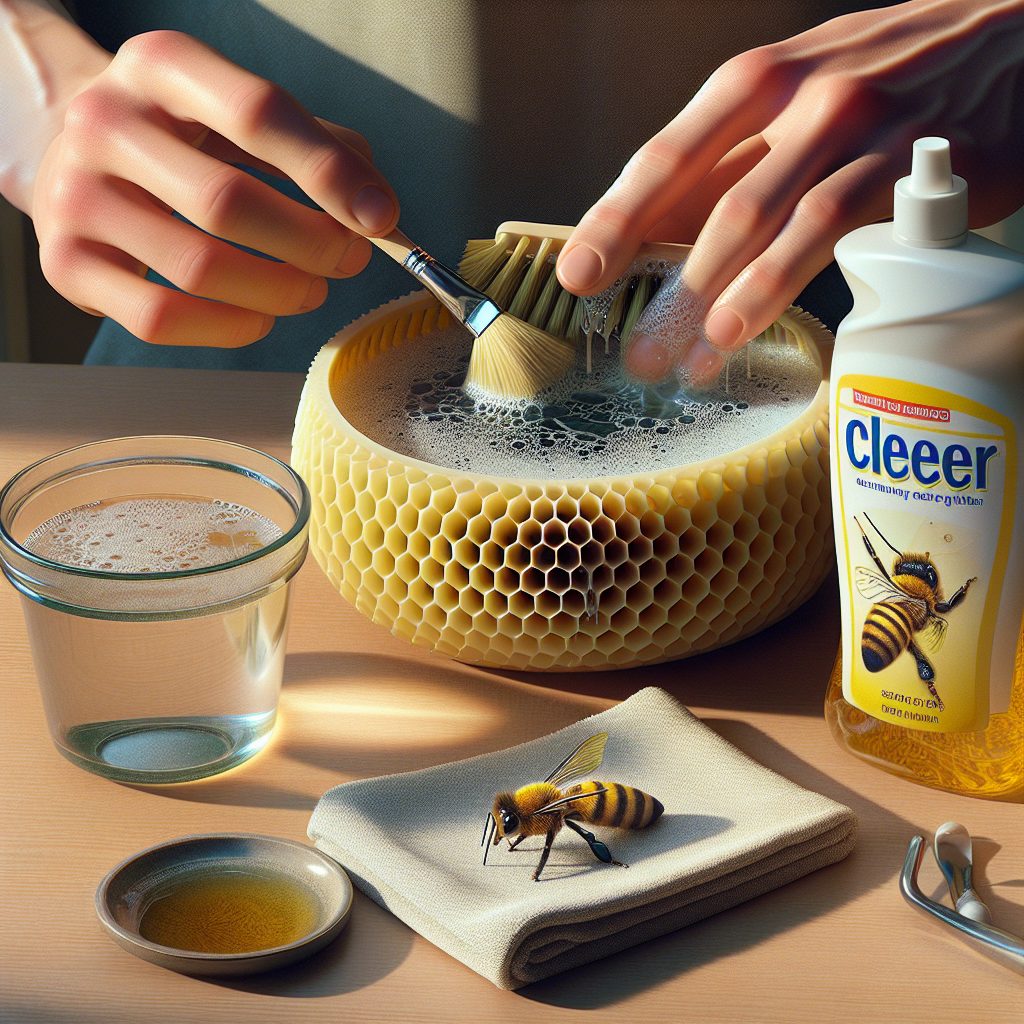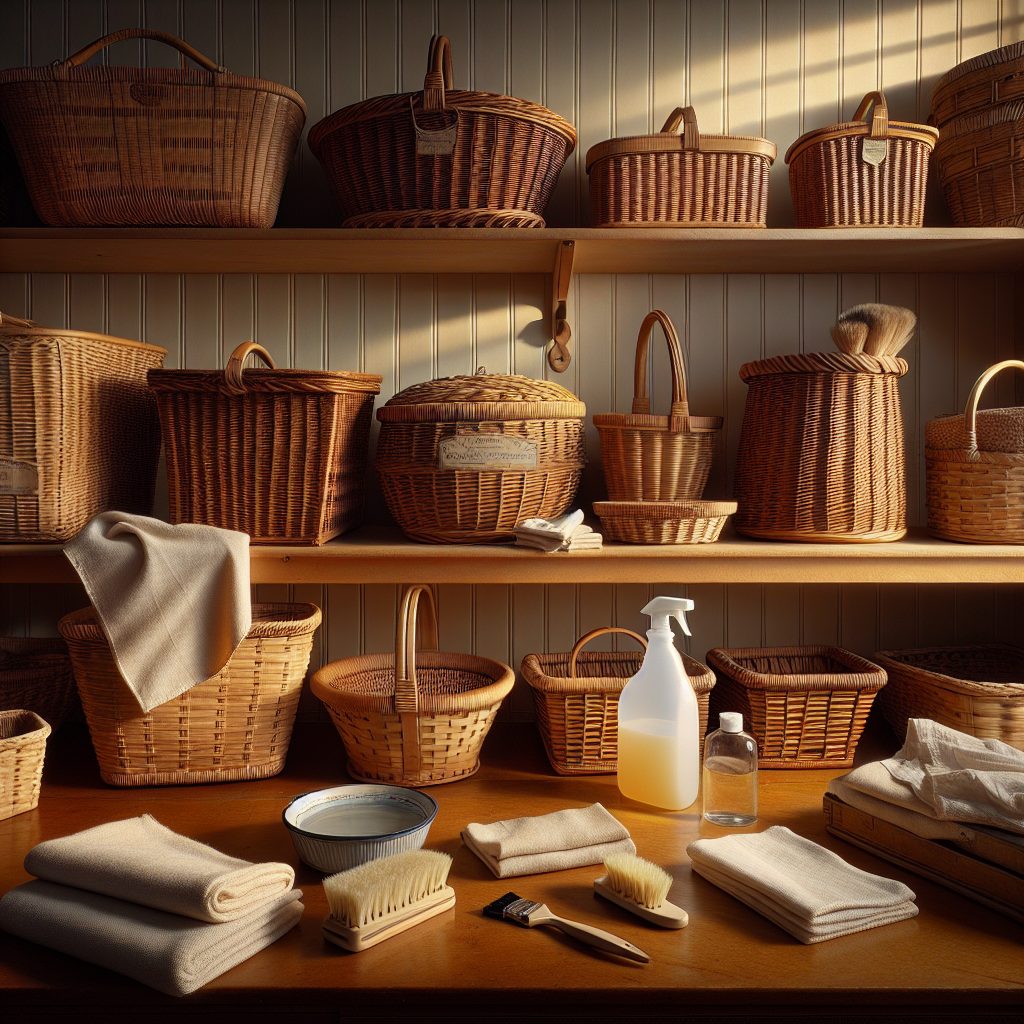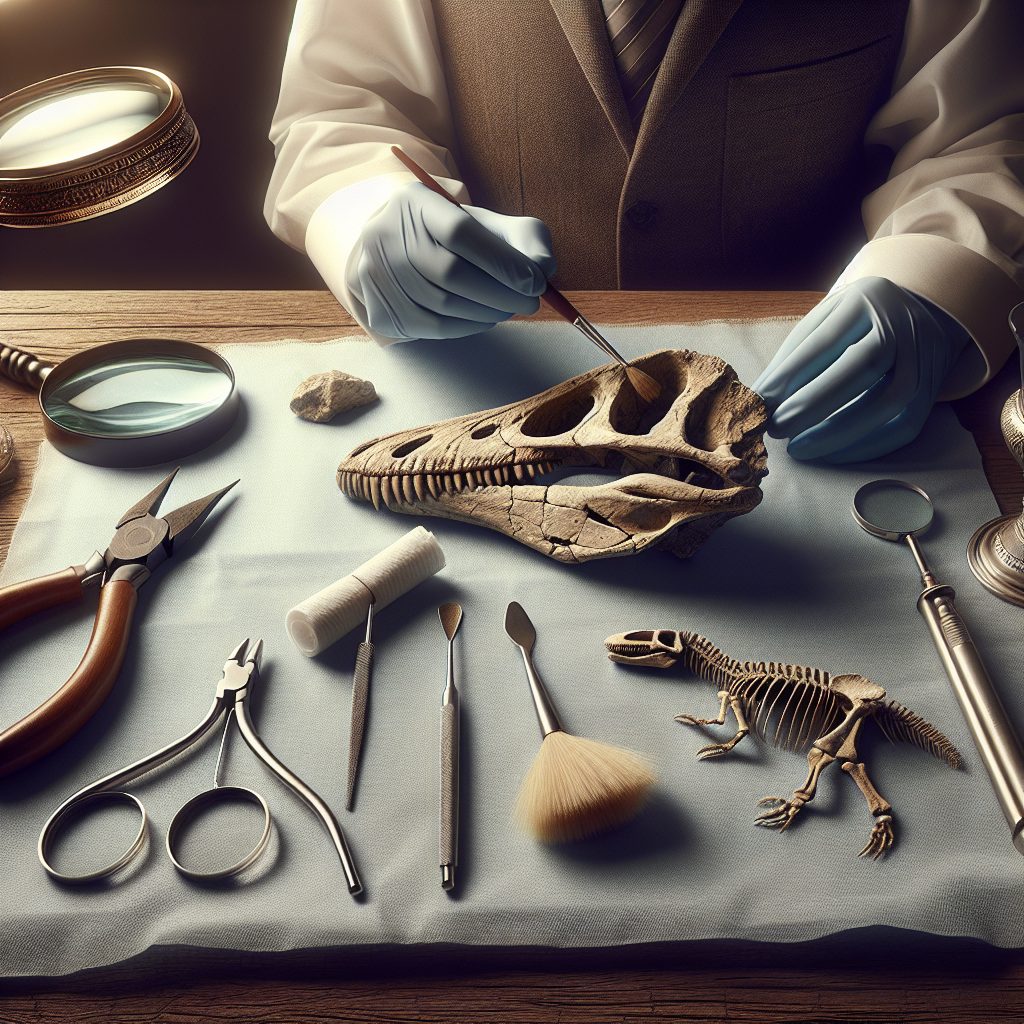
In the realm of cannabis concentrates, a Nectar Collector represents a more recent but increasingly popular device for enthusiasts seeking to indulge in their favorite extracts with precision and ease. Resembling a straw, this innovative tool is designed to vaporize concentrates by being heated and applied directly to the product, delivering a potent and flavorful hit. Yet, as with any apparatus frequently exposed to sticky substances, the Nectar Collector can accumulate residue over time, potentially impeding functionality and purity of taste. Understanding the importance of maintaining a clean device is crucial for those wishing to ensure the longevity of their Nectar Collector and the quality of their experience.
As we delve further into the nuances of keeping a Nectar Collector in pristine condition, we recognize that this isn’t just about keeping a piece of equipment clean; it’s about preserving the essence of the concentrates it delivers. The meticulous task of cleaning involves not only a series of steps but also an awareness of which materials and methods work best to prevent damage to the delicate glass or silicone components. In the subsequent sections, we will outline the essential techniques and tips to keep your Nectar Collector in top shape. From selecting the right cleaning agents to embracing the proper cleaning protocol, our guide aims to empower owners with the knowledge to tackle the task with confidence, ensuring that every draw remains as fresh and flavorful as the first.
Key Takeaways
1. Regular cleaning is essential for maintaining your nectar collector both in terms of functionality and hygiene. Residue buildup can affect the taste of the vapor and potentially clog the airflow, making it harder to use.
2. Disassembling your nectar collector before cleaning is important to ensure thoroughness. By taking apart the various components, you can easily access all the surfaces that need attention, such as the mouthpiece, neck, body, and tip.
3. There are various cleaning methods available, but using isopropyl alcohol and coarse salt is one of the most effective for removing sticky residue. Soaking the parts in this solution and shaking gently can help loosen and remove accumulated gunk.
4. Always rinse the nectar collector parts with warm water after cleaning them with alcohol or other solvents to remove any leftover cleaning substances. This is crucial for avoiding any unintended inhalation of chemicals during the next use.
5. After rinsing, let all the individual components dry completely before reassembling the nectar collector. Ensuring that there’s no moisture trapped in any part of the device is important to prevent mold growth and to guarantee that the nectar collector is ready for a clean, fresh use.
What Is the Best Way to Properly Clean Your Nectar Collector?
Gathering the Necessary Cleaning Supplies
Before you begin the cleaning process, it’s essential to gather all the necessary supplies. You will need isopropyl alcohol, preferably 91% or higher, because of its excellent solvent properties. Additionally, you will need coarse salt, such as sea salt or kosher salt, which will act as a scrubbing agent. A large zipper storage bag or a plastic container is also needed to soak the Nectar Collector parts. Lastly, you should have a pair of tweezers or tongs, pipe cleaners, or a small brush, and a few clean paper towels at hand.
Disassembling Your Nectar Collector
Begin by carefully disassembling your Nectar Collector. Remove the tip and the mouthpiece, and if your Nectar Collector has a water chamber, empty it entirely. Ensure to gently separate any glass or quartz components to avoid damage. Lay out the parts on a paper towel so you can assess which parts need the most attention.
The Soaking Process
Place the disassembled parts into your plastic container or zipper bag and pour enough isopropyl alcohol to cover them completely. Add a generous amount of coarse salt. The salt should not dissolve entirely; it will help scrub off the residue during the shaking process. Allow the parts to soak for at least 30 minutes, though heavily soiled components may need longer.
Salt and Shake Technique
After soaking, seal your bag or container and gently shake it. The salt will act as an abrasive, helping to scrub away the sticky residues. If you see build-up inside the Nectar Collector that isn’t easily dissolving, target those areas by directing the salt towards them as you shake. Proceed with this process until the parts are clean.
Rinsing Thoroughly
Once the residue is loosened or removed, remove the parts from the alcohol and salt solution with your tweezers or tongs. Rinse each component with warm water thoroughly to wash away any remaining alcohol, salt, and loosened residue. Make sure the water is not too hot, as this could cause delicate parts to crack due to thermal shock.
Cleaning Hard-to-Reach Areas
Some parts of a Nectar Collector, such as the joint or the inside of the straw, may be challenging to clean by shaking alone. Here, use pipe cleaners or small brushes to scrub these hard-to-reach areas. Dip the brush in isopropyl alcohol and carefully scrub until all residue is gone. Rinse again after this step.
Drying Before Reassembly
All components must be completely dry before you reassemble your Nectar Collector. Lay out the parts on a clean paper towel and let them air dry, or gently pat them dry with another towel. Pay extra attention to ensure that there are no water spots left, as these could affect the taste and performance of your Nectar Collector.
Maintaining Nectar Collector Cleanliness
Maintaining the cleanliness of your Nectar Collector is crucial to its longevity and performance. Regular cleaning after sessions will prevent the build-up of sticky residues, making the cleaning process easier and extending the life of your collector. Additionally, consider using distilled water if your device has a water filtration chamber to minimize mineral deposits.
Storing Your Clean Nectar Collector
After cleaning and drying, safely reassemble your Nectar Collector. Store it in a cool, dry place away from direct sunlight and excessive heat, which can warp or damage the materials. If your Nectar Collector came with a storage case, use it to protect the device from dust and accidental damage.
How Can You Ensure a Nectar Collector Remains Clean Long-Term?
- Maintain a regular cleaning routine, especially after heavy use.
- Avoid leaving water in the chamber between uses to prevent water stains and mold growth.
- Handle all glass parts with care during cleaning to avoid cracking or breakage.
- Consider investing in plugs or caps for your Nectar Collector to keep out dust and debris when not in use.
- Use only quality cleaning materials to ensure the longevity of your device.
What is the best way to clean a nectar collector?
The best way to clean a nectar collector involves disassembling the device if possible and soaking the non-electronic parts in isopropyl alcohol. Allow the pieces to soak until any residue is dissolved, then rinse with warm water and let dry completely.
Can I use water to clean my nectar collector?
Yes, you can use water to rinse your nectar collector, especially after soaking it in isopropyl alcohol. However, for heavy residue, alcohol is more effective. Always ensure that the collector is thoroughly dry before use.
How often should I clean my nectar collector?
It’s recommended to clean your nectar collector regularly, depending on usage. A good rule of thumb is to clean it after every few uses to prevent residue buildup and maintain optimal performance.
Is it safe to use boiling water to clean my nectar collector?
While boiling water can be used to clean glass nectar collectors, it is not recommended for those with delicate parts or electronic components. Sudden temperature changes can also risk cracking glass, so use with caution.
Can I clean my silicone nectar collector the same way as a glass one?
Silicone nectar collectors should not be cleaned with alcohol as it can degrade the material. Instead, use a solution of mild soap and warm water, and ensure it is thoroughly rinsed and dried.
What should I avoid using to clean my nectar collector?
Avoid using abrasive materials, harsh chemicals, or any cleaning agents not specified for use with nectar collectors to prevent damage.
Is it necessary to disassemble my nectar collector for cleaning?
Disassembling your nectar collector before cleaning allows you to thoroughly clean each part, particularly the internal pathways where residue can accumulate. If possible, always disassemble before cleaning.
How do I prevent water from getting trapped in my nectar collector?
After cleaning, ensure that all parts are completely dry before reassembling. A soft cloth or paper towel can help absorb excess water, and allowing parts to air dry can reduce the risk of water being trapped.
Can I use vinegar as a cleaning agent for my nectar collector?
Vinegar can be used as a more natural cleaning solution, especially for those preferring not to use isopropyl alcohol. Ensure that you rinse the collector well to remove any vinegar smell or taste.
What are the signs that my nectar collector needs cleaning?
Signs that your nectar collector may need cleaning include a harsh taste when inhaling, visible residue buildup, or a reduction in airflow. It’s best to clean it before these issues detract from your experience.
Final Thoughts
Cleaning your nectar collector is an essential part of maintenance that ensures the longevity and functionality of your device. Regular cleaning not only provides a better, cleaner taste but also enhances the overall experience of your concentrates. By following the advice shared in this article, collectors of all levels can maintain their nectar collectors with ease and ensure that every use is as enjoyable as the first. Remember, patience and careful handling during the cleaning process will keep your nectar collector in top condition for many sessions to come.
In today’s fast-paced and ever-evolving world of concentrates, having a well-maintained nectar collector can make all the difference. It’s an investment in your hobby that pays dividends in purity and pleasure. Embrace the routine of maintenance and treat your collector with respect—it’s not just a tool but a companion on your flavorful journey. Use this guide as a cornerstone for care, and your nectar collector will remain a reliable and treasured accessory in your collection.



